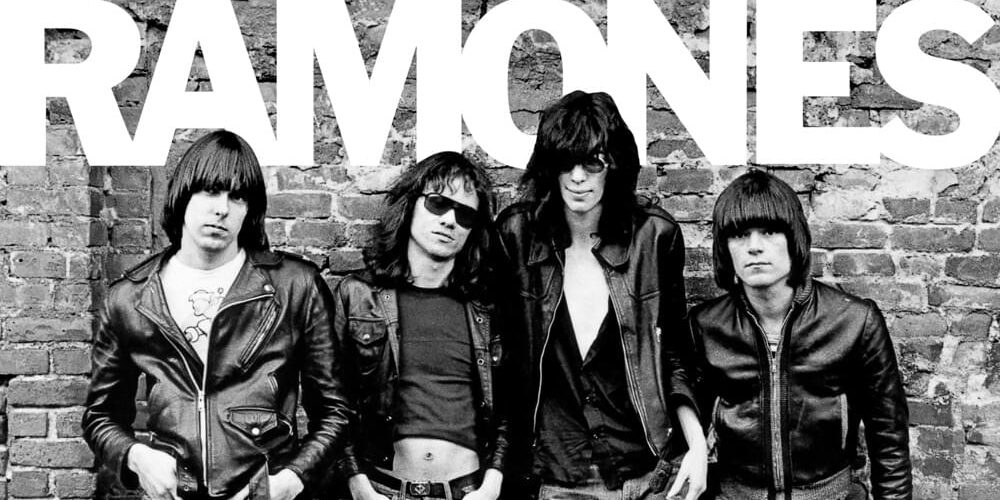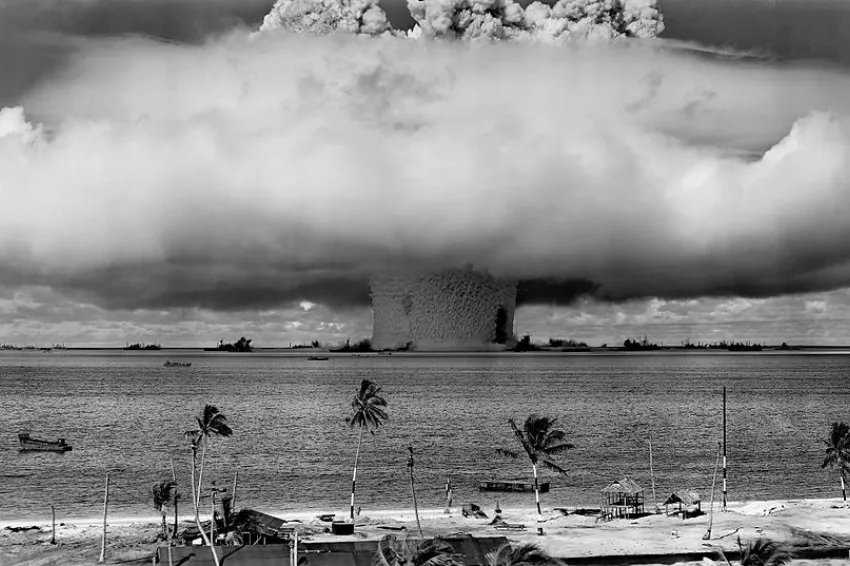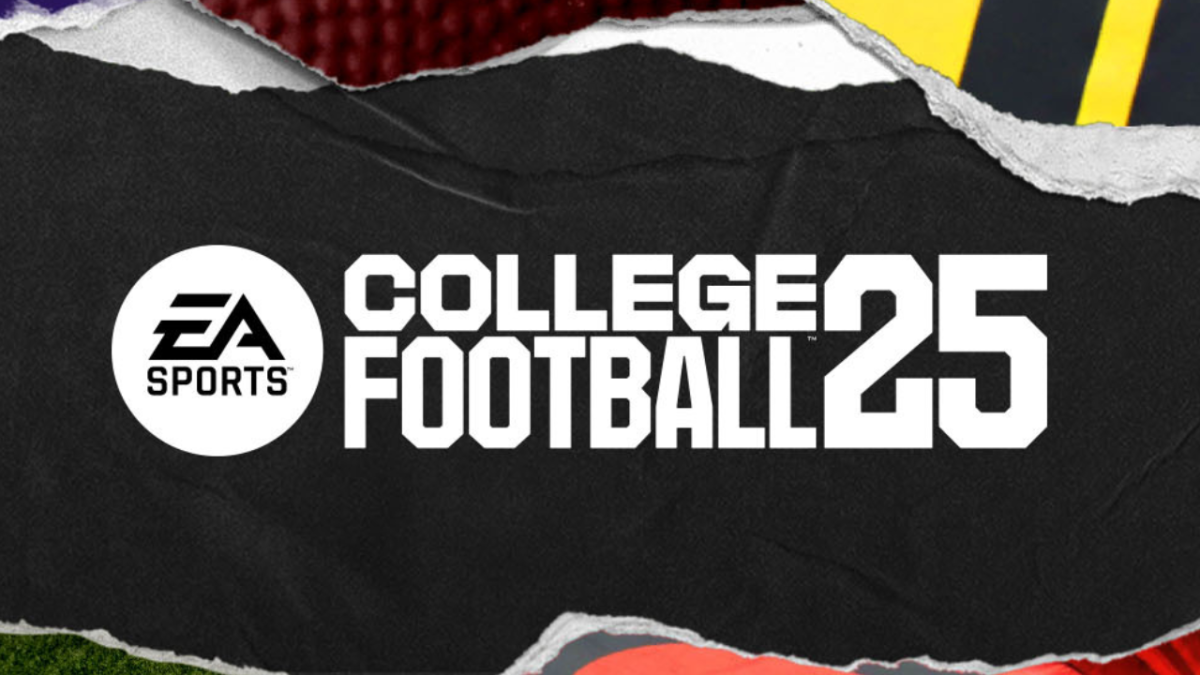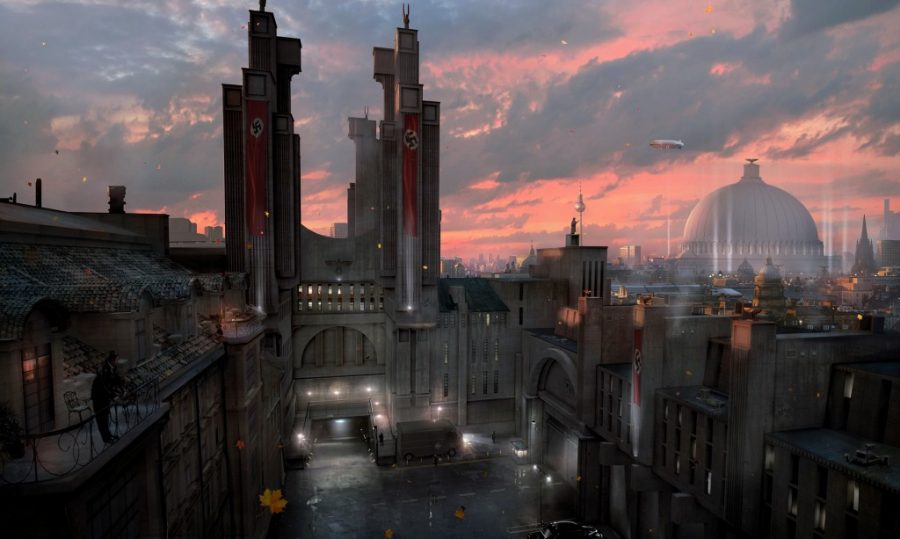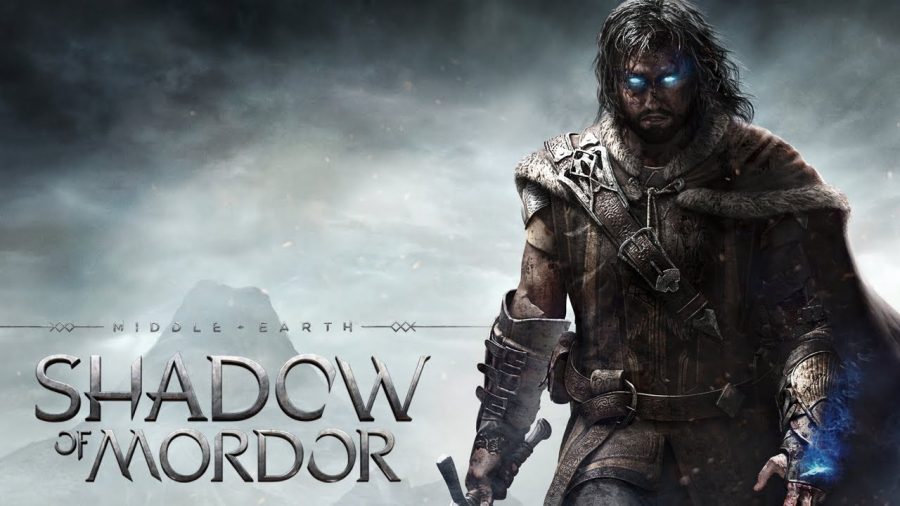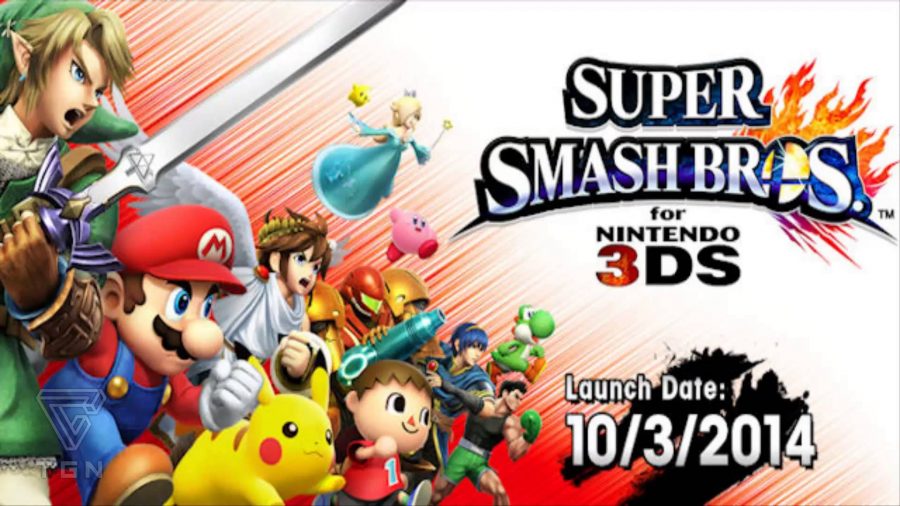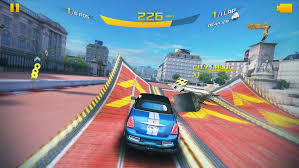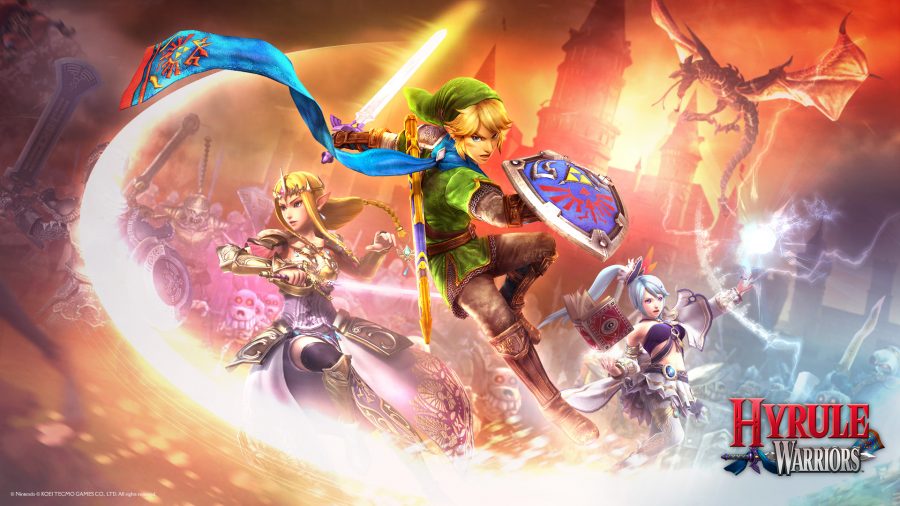Jake Dubusker ’15

Boy, expectations for the new generation of consoles sure have been turned on their heads, haven’t they? The Xbox One is actually starting to accumulate a list of decent exclusives like Sunset Overdrive and the project Scalebound Platinum is working on. The Playstation 4 seemed to be the early winner of the generation with what looked to be great third-party support and Sony’s supreme marketing caused it to sell like crazy, but where are the games? What is Sony releasing for their console over the holidays, other than LittleBigPlanet 3? No, as far as exclusives go, it’s got InFAMOUS: Second Son and little else (well there’s also Driveclub which I haven’t played, but word on the street is that it it’s not so hot). Finally, the Wii U despite a nearly dead launch year coupled with Nintendo’s trademark terrible marketing has managed to rack up what is easily the best library so far of the new console generation with hit game after hit game, the latest of which is Bayonetta 2 by Platinum Games. When announced, the exclusivity of Bayonetta 2 to the Wii U came as quite a shock to fans of the original, which was only on the PS3 and Xbox 360. See, Platinum Games suffers what is known as the “Platinum Curse;” they make great games to the delight and rejoice of critics and gamers everywhere, but somehow they sell mediocrely at best. This being the case, Platinum simply wasn’t able to make the game without aid of a big-name publisher, and Nintendo was the one of the big three to say ‘yes.’ Bit of a missed opportunity, eh Sony? Don’t worry; I’m sure your customers are patient anyway.
I never played the original Bayonetta before since I had a PS3, and Bayonetta’s port to the console was trash, with framerate issues and a world record in obnoxious loading times, so I passed on it. Luckily, Bayonetta 2 accommodates me and others who are new to the series with a Wii U port of the original that comes free of charge standard with every copy which thankfully runs well with none of the issues that plagued the PS3 port. Having now played it and the sequel, I can say that Bayonetta is a great game marred by bad design choices that often frustrated or even bored me. Throughout the early levels the game didn’t seem to know that making a boss monster frighteningly enormous is not the same thing as making a boss fight fun. In addition it had moments of frustrating and punishing game design that would insta-kill you for the slightest of missteps and even in some cutscenes there were extremely brief and sudden quick-time events, the Citizen Kane of terrible game design. Thankfully though around chapter 5 or so the game decided to become substantially better and abandoned many of those frustrating aspects so I could actually enjoy the game. It’s the spectacle fighter formula raised to the greatest extreme the world has ever seen with the flashiest and fastest-paced combat that a game can have. It had a plot that was written like 17 people who all struggled to write their version of the story on the same piece of paper and would require an excavation team with industrial equipment to penetrate it and figure out what the heck is happening. It had an ending that pieced together the storyline with an at least somewhat understandable conclusion if nothing else and finished off the gameplay with a boss fight that remains to this day in the ‘top 5 best boss battles’ lists of YouTube personalities everywhere.
Bayonetta 2 doesn’t add a whole lot to the gameplay and focuses mainly on a new, much more coherent (most of the time, anyway) narrative about rescuing your friend who was dragged into Hell. The combos and many of the items remain mostly unchanged from the original, though the combat is a bit more forgiving now and somehow even flashier than the original. One addition to combat is an equivalent of the Demon Trigger from Devil May Cry 3. Build up enough magic points and you can power yourself up to such an insane degree that the moon-sized boss enemies get knocked back and flinch at the ridiculous amount of earth-shattering punches, kicks, and sword slashes that fill up the entire screen. The best part about Bayonetta 2 is how it improves on the original in nearly every way. The frustrating cutscene quick-time events are gone, as is all of the shoddy game design that insta-kills you out of nowhere. The game also grasped this time around how to make boss fights as big as football stadiums and make them as fun to fight as they are huge. It’s also more forgiving, mostly in ways that are due to the game design being made fairer. Many of my deaths in the original game came from design that frustrated me; it felt like the game was cheating me rather than me being bad at the game. There’s none of those in this sequel, if I die it’s entirely my fault, rather than the game deciding to suddenly collapse the floor right under me. A running theme in the spectacle fighter is the periodic climactic battles with the rival character. In Devil May Cry 3 it was Dante vs Vergil; The Wonderful 101 had your team vs Vorkken, the first Bayonetta had Bayonetta vs Jeanne. Bayonetta 2 continues this tradition with fights against a masked holy warrior known only as the “Masked Lumen” (“Lumen” meaning that he is a Lumen Sage, a clan of sages of light in the in-game universe). Now, I might exaggerate or be overenthusiastic when describing something I like, but I must emphatically say that the fights versus the Masked Lumen were so unbelievably intense and impossibly fantastic that I’m surprised my television itself didn’t explode then and there from the sheer density of masterfully executed, perfectly designed, action-packed-to-volatile-levels gameplay. The entire game could have been a simulator for cleaning up dog droppings and if it still had the Masked Lumen fights it would still be a 9.5/10. So that’s Bayonetta 2. It took a great game improved upon it in every way, an easy contender for 2014’s Game of the Year and I say good luck to any game that dares go up against it for the title.
Categories:
Bayonetta 2 Review
December 1, 2014
More to Discover

